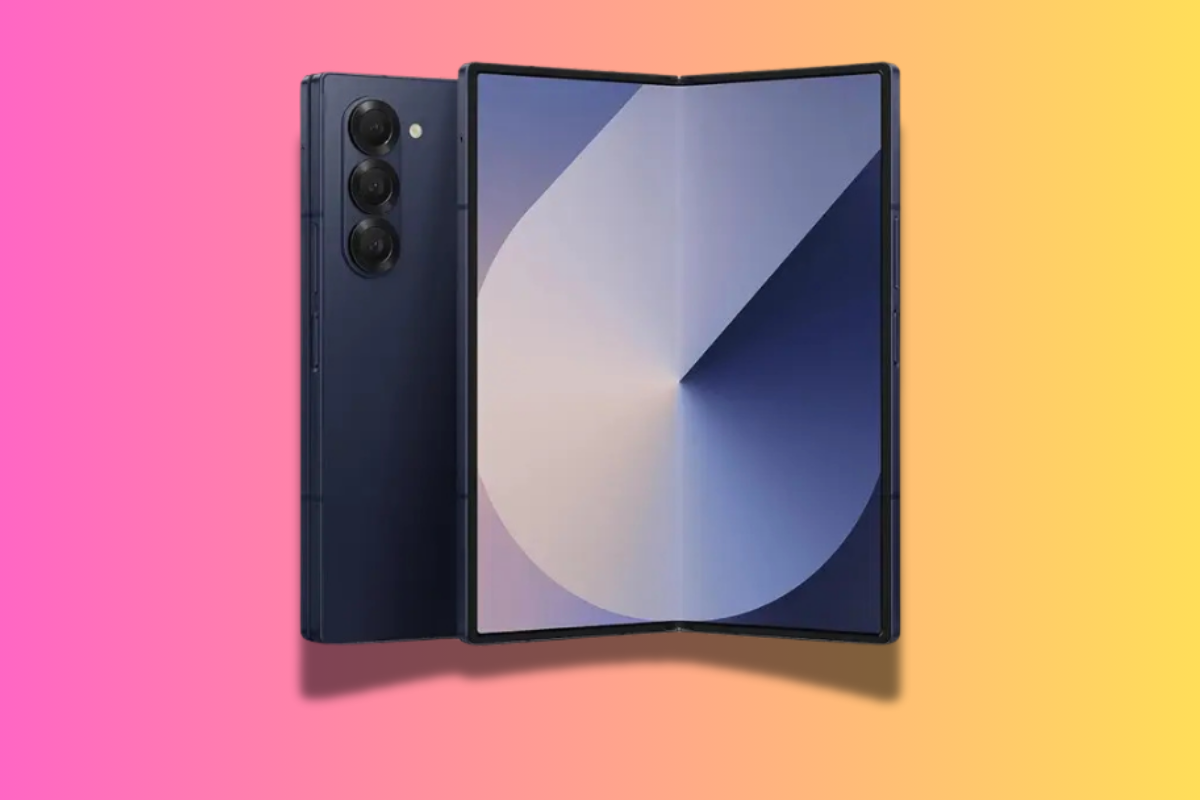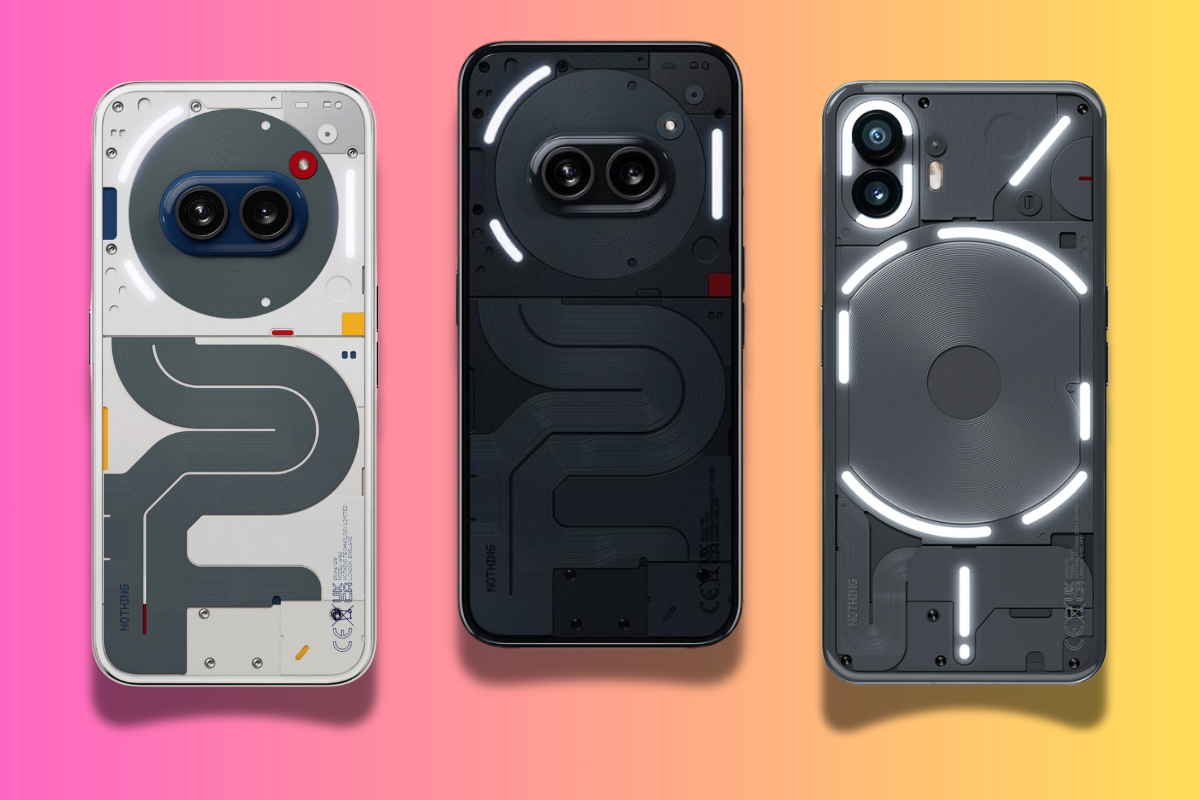Key Takeaways
- PWM dimming is how OLED screens control brightness, and low rates can cause eye strain.
- Most Pixel phones use low PWM rates, unlike many competitors from China.
- The Pixel 10 series is rumored to finally include high PWM dimming, making it more eye-friendly.
- While not a flashy upgrade, this will matter a lot to PWM-sensitive users.
It looks like Google might finally be addressing one of the Pixel lineup’s longest-standing display issues — and it’s a change that could make a big difference for users with sensitive eyes.
What’s the Issue With Google Pixel Screens?
Unlike many Chinese phone brands, Google hasn’t paid much attention to how its OLED screens impact eye comfort.
Brands like Xiaomi, OnePlus, and Honor often tout independent “low blue light” certifications and use high PWM dimming rates — a feature designed to reduce screen flicker and eye strain. Google? Not so much.
But according to a new report, that might finally change with the upcoming Pixel 10 series.
What Is PWM Dimming and Why Does It Matter?
PWM stands for Pulse Width Modulation. It’s a common way OLED screens control brightness. Rather than actually dimming the pixels, the screen flickers on and off rapidly — at a rate that’s usually invisible to the naked eye.
Here’s the catch: the lower the PWM rate, the more likely it is to cause eye strain, fatigue, or even headaches, especially for people who are sensitive to screen flicker.
Many top Chinese phones now boast PWM rates of 1920Hz or higher, significantly reducing this flicker. Google’s Pixel phones, however, have stuck with much lower frequencies — often under 240Hz, which is noticeably worse for PWM-sensitive users.
Pixel 10 Could Bring a Much-Needed Display Upgrade
If the report is accurate, Google will finally introduce higher PWM dimming with the Pixel 10 series — marking a first for the brand. That could be a game-changer for people who’ve previously avoided Pixel phones due to flicker-related discomfort.
To be clear, this won’t revolutionize the display experience in the same way brighter panels or higher refresh rates might. But for users sensitive to PWM — and there are more than you’d think — this change could make Pixel devices much easier to live with.
Google Playing Catch-Up on Display Tech
It’s worth noting that brands like OnePlus, Xiaomi, and Honor have already been pushing high PWM dimming and certified low blue light displays for a few years. Google coming to the table now feels overdue, but at least it’s happening.
We’re expecting the Pixel 10 series to land later this year, likely in October, following Google’s usual launch cycle. Alongside new camera upgrades and AI features, better screen comfort could be a quiet but significant improvement.
FAQ
What is PWM dimming?
PWM stands for Pulse Width Modulation. It controls screen brightness by rapidly turning the display on and off. Lower frequencies can cause eye strain, especially for sensitive users.
Why is high PWM better?
Higher PWM rates reduce flicker, making screens more comfortable to look at for extended periods — particularly in dim lighting.
Do iPhones or Galaxy phones use high PWM?
Most recent iPhones and Samsung Galaxy models use moderate PWM rates, but not all match the very high rates now seen in top-tier Chinese Android phones.
When will the Pixel 10 be released?
If Google sticks to its usual schedule, expect the Pixel 10 series to launch around October 2025.


